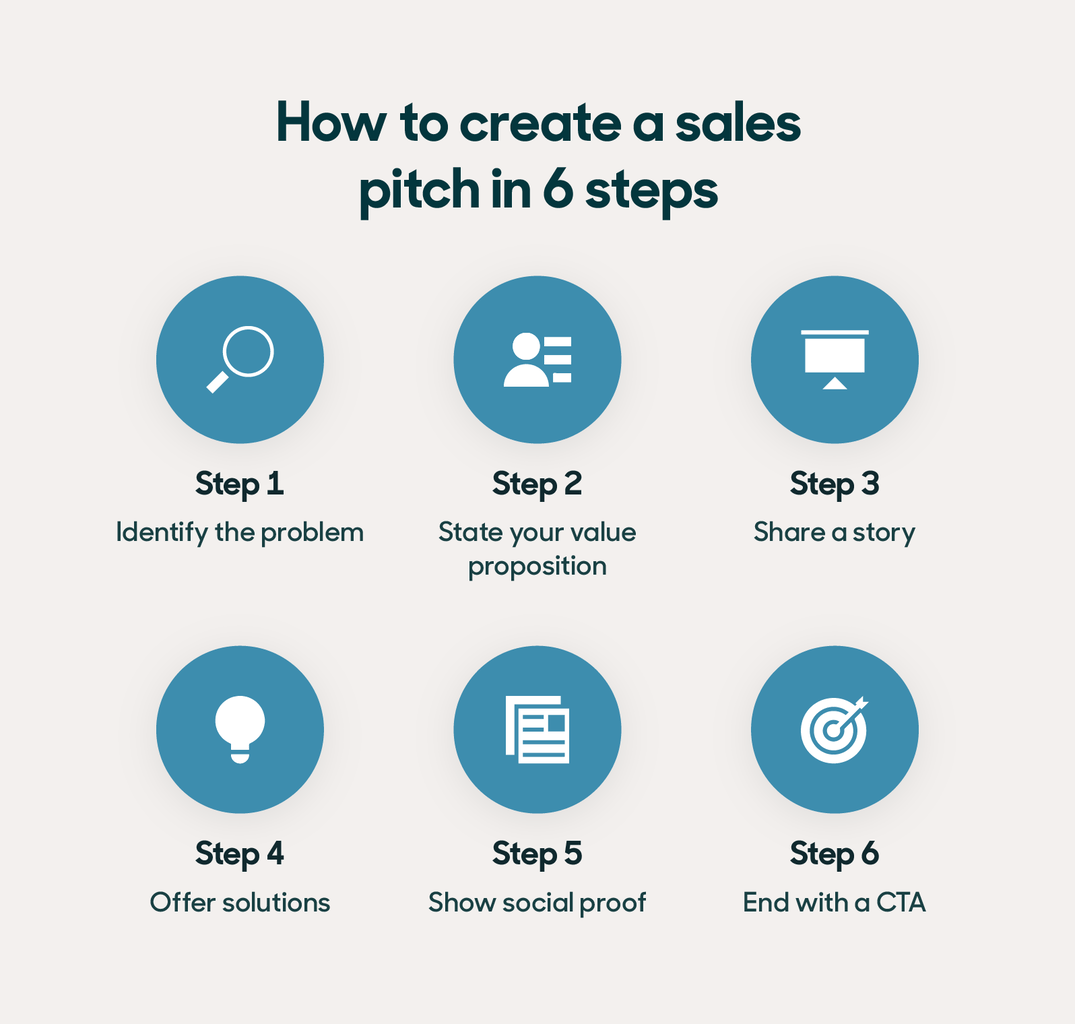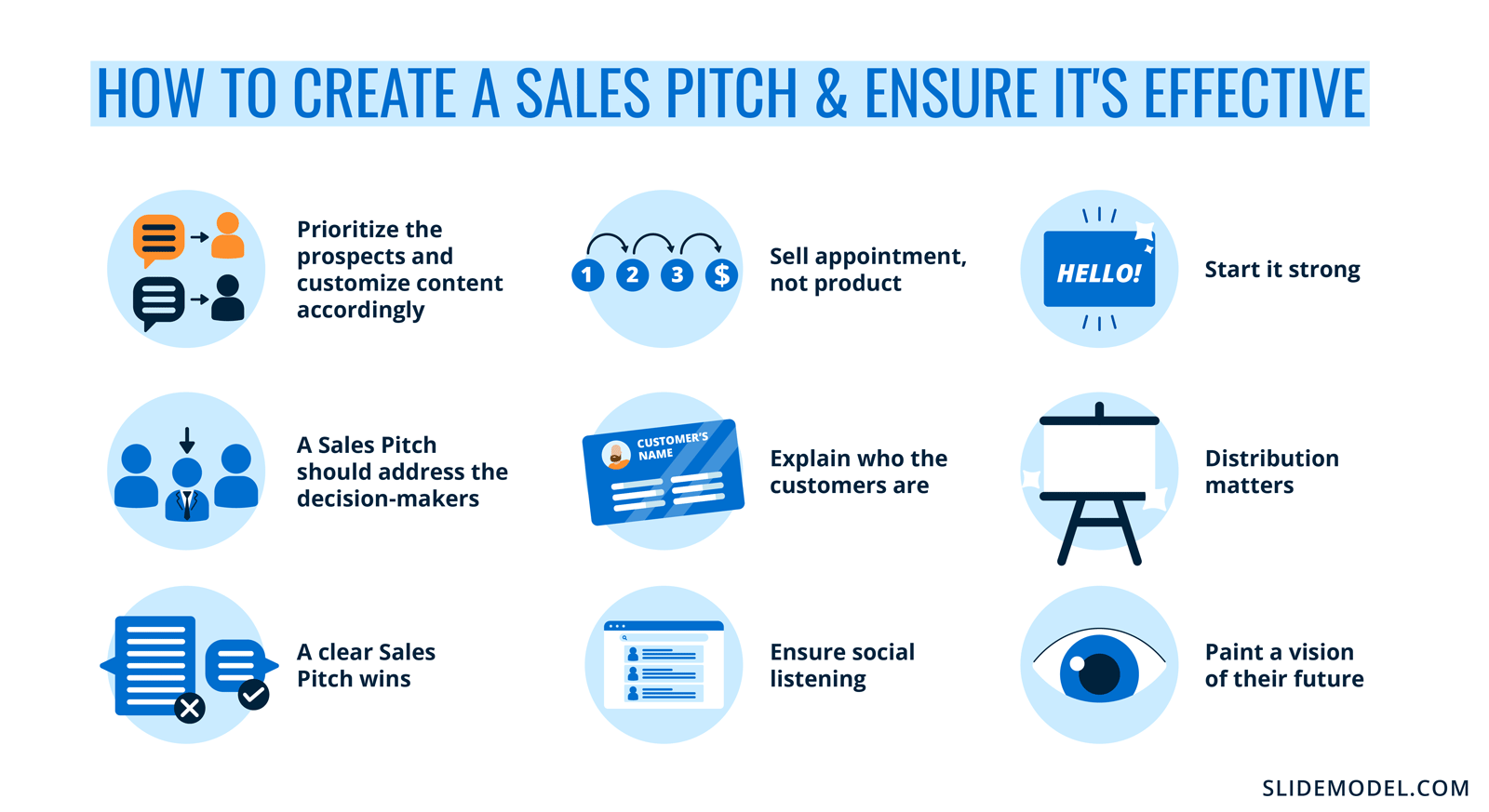Crafting Compelling Sales Pitches: Unveiling the Power of Features and Benefits

As an interior design and architectural expert, I’ve helped countless clients bring their dream homes to life. My experience has taught me the importance of not just showcasing features, but emphasizing the benefits they bring. It’s about understanding your ideal customer, their needs, and desires, and then translating your product or service into a compelling narrative that resonates with them.
Let’s break down this concept further and explore how to effectively communicate the value of your offerings.

1. Identifying Your Ideal Customer:
Before diving into features and benefits, we need to define your target audience. Who is your ideal customer?
- Demographics: Age, gender, income level, location, education, occupation, family size, etc.
- Psychographics: Lifestyle, values, interests, hobbies, aspirations, personality traits, etc.
- Needs and Pain Points: What are their specific challenges, frustrations, or desires related to your product or service?


2. Understanding Your Product or Service:

Once you have a clear picture of your ideal customer, analyze your product or service from their perspective.
- Features: What are the tangible characteristics of your product or service?
- Benefits: How do these features translate into tangible advantages for your customer? What problems do they solve, what desires do they fulfill?



3. Building Your Sales Pitch:
Now comes the fun part: weaving your features and benefits into a compelling narrative.

A. Feature-Benefit Connection:
This is the heart of your sales pitch. For each feature, clearly articulate its corresponding benefit for your ideal customer.
Example:

Feature: Our craftsman style home plans offer a spacious open-concept kitchen and dining area.
Benefit: This creates a welcoming and functional space for family gatherings, entertaining guests, and fostering a sense of connection.
B. Storytelling and Emotional Resonance:

People connect with stories. Use vivid language, anecdotes, and real-life examples to paint a picture of how your product or service can positively impact your customer’s life.
Example:

Instead of just stating "Our craftsman style home plans are energy-efficient," tell a story about a family saving money on their energy bills thanks to the well-insulated design and sustainable materials used in your plans.
C. Addressing Pain Points:
Highlight how your product or service addresses specific challenges your ideal customer faces.

Example:
If your target audience is busy professionals looking for a low-maintenance home, emphasize the benefits of your pre-designed floor plans and simplified construction process.
D. Quantifiable Results:
Whenever possible, quantify the benefits of your product or service. Use data, statistics, and testimonials to support your claims.
Example:
Instead of saying "Our home plans are beautiful," showcase testimonials from satisfied clients praising the aesthetic appeal of their new homes.
4. Crafting a Compelling Value Proposition:
Summarize the key benefits of your product or service in a concise and impactful statement. This is your elevator pitch, your "why should they care?"
Example:
"Our craftsman style home plans offer the perfect blend of classic charm and modern functionality, allowing you to build a beautiful, energy-efficient, and comfortable home that reflects your unique style and meets your family’s needs."
5. Tailoring Your Message:
Remember, your message should be tailored to your specific audience. Different customer segments will be drawn to different aspects of your product or service.
Example:
For a young couple looking to build their first home, you might emphasize the affordability and flexibility of your plans. For a family with growing children, you might highlight the spacious layouts and functional design features.
6. Continuously Evaluate and Refine:
Your sales pitch is a living document. Monitor customer feedback, analyze sales data, and stay abreast of market trends to continuously refine your message and ensure it remains relevant and effective.
Here are some specific examples of how to highlight features and benefits for craftsman style home plans:
Feature: Open-Concept Floor Plans
Benefit: Creates a sense of spaciousness and flow, perfect for entertaining guests and fostering a sense of community within the family.
Feature: Large Windows and Natural Light
Benefit: Brings the outdoors in, creating a bright and airy atmosphere that promotes well-being and reduces reliance on artificial lighting.
Feature: Porches and Outdoor Living Spaces
Benefit: Offers a seamless transition between indoor and outdoor living, perfect for enjoying the fresh air, relaxing, and connecting with nature.
Feature: High Ceilings
Benefit: Creates a sense of grandeur and spaciousness, making the home feel more welcoming and luxurious.
Feature: Durable and Sustainable Materials
Benefit: Ensures a long-lasting and environmentally friendly home that is built to withstand the test of time.
Feature: Customization Options
Benefit: Allows you to personalize your home to reflect your unique style and needs, creating a truly unique and cherished space.
Remember, your sales pitch is more than just a list of features. It’s a story that connects with your customers on an emotional level, showcasing how your product or service can make their lives better.

